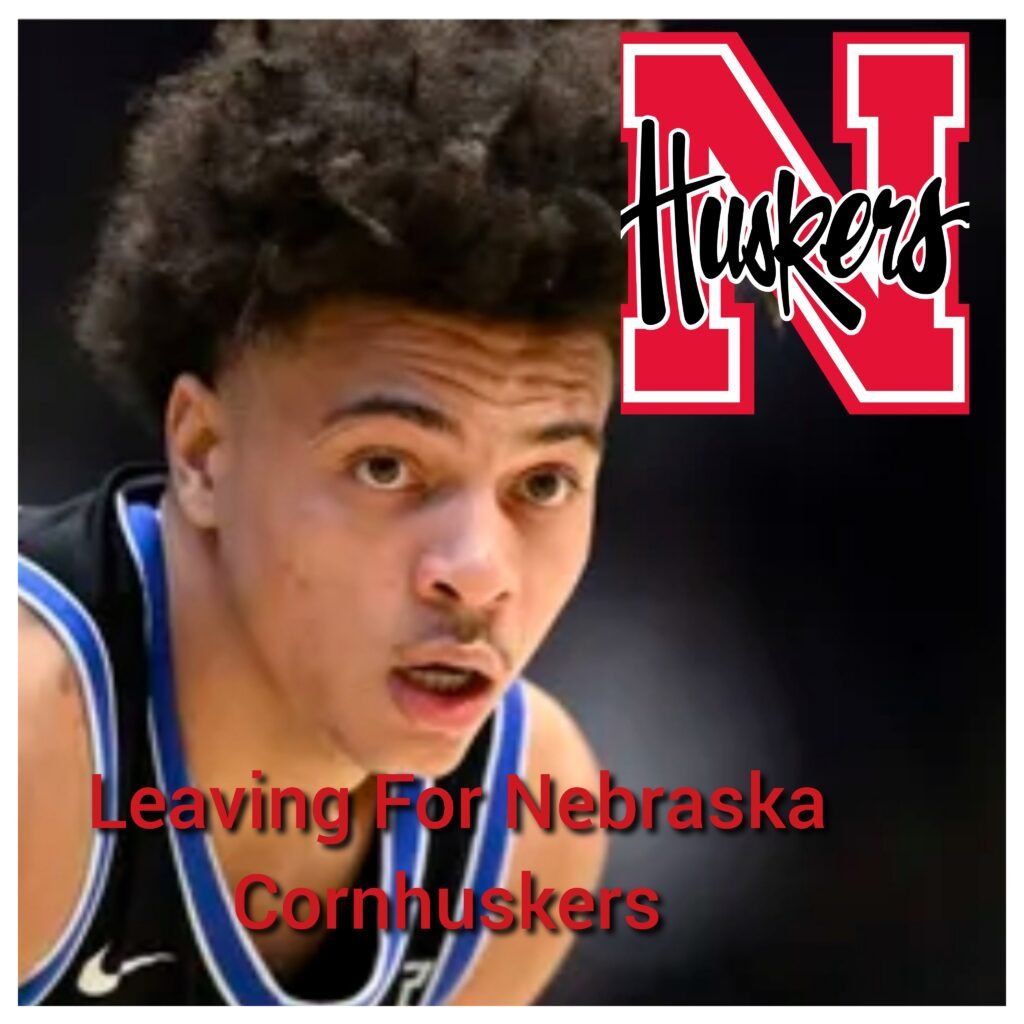Elijah Crawford’s decision to leave BYU and commit to Nebraska sent shockwaves through the college basketball world. The talented freshman guard, once heralded as a potential cornerstone for BYU’s future, had barely settled in before choosing to pack his bags. His sudden departure marked the second high-profile exit from BYU in recent weeks, leaving fans and analysts questioning the program’s stability and future.
Crawford’s decision, like most transfers in the modern NIL era, wasn’t just about basketball. Nebraska offered him an opportunity that, according to inside sources, included lucrative NIL deals and a more prominent role in their offensive system. While BYU fans were quick to label him a traitor, Crawford remained unapologetic. “I have to do what’s best for my future,” he stated in a brief yet pointed social media post, accompanied by a picture of himself donning a Nebraska jersey.
His words ignited a firestorm. BYU loyalists accused him of abandoning the program for money and personal gain, while supporters defended his right to make the best choice for his career. The debate wasn’t just about Crawford—it was about the shifting landscape of college basketball, where loyalty often takes a back seat to opportunity.
But the underlying issues at BYU ran deeper than just one player leaving. Rumors swirled that locker room tensions, coaching miscommunications, and unfulfilled promises were at the heart of Crawford’s decision. Insiders claimed that Crawford had grown frustrated with his role and the team’s offensive structure, which didn’t highlight his skill set. Others whispered about internal discord, suggesting that BYU’s coaching staff struggled to manage egos and expectations in an era where players have unprecedented leverage.
The loss of Crawford wasn’t just a symbolic blow—it was a strategic one. Nebraska, a team looking to rebuild and establish itself as a Big Ten contender, had just secured a player with significant upside. Crawford’s quick decision to commit to the Cornhuskers raised eyebrows. Had Nebraska been courting him behind the scenes? Was this a premeditated move? College basketball’s transfer portal was becoming the Wild West, and Crawford’s departure only fueled the controversy.
Meanwhile, BYU faced a harsh reality. Losing one key player might have been dismissed as an anomaly, but losing two in rapid succession signaled deeper problems. Could head coach Mark Pope retain top talent, or was BYU becoming a stepping stone rather than a destination? The optics were troubling, and rival programs took notice.
For Crawford, however, the future looked bright. Nebraska promised him a system where he could thrive, an opportunity to showcase his skills on a grander stage. Whether or not he made the right decision would be judged in the seasons to come, but one thing was clear: the era of player empowerment had arrived, and programs like BYU needed to adapt—or risk being left behind.

